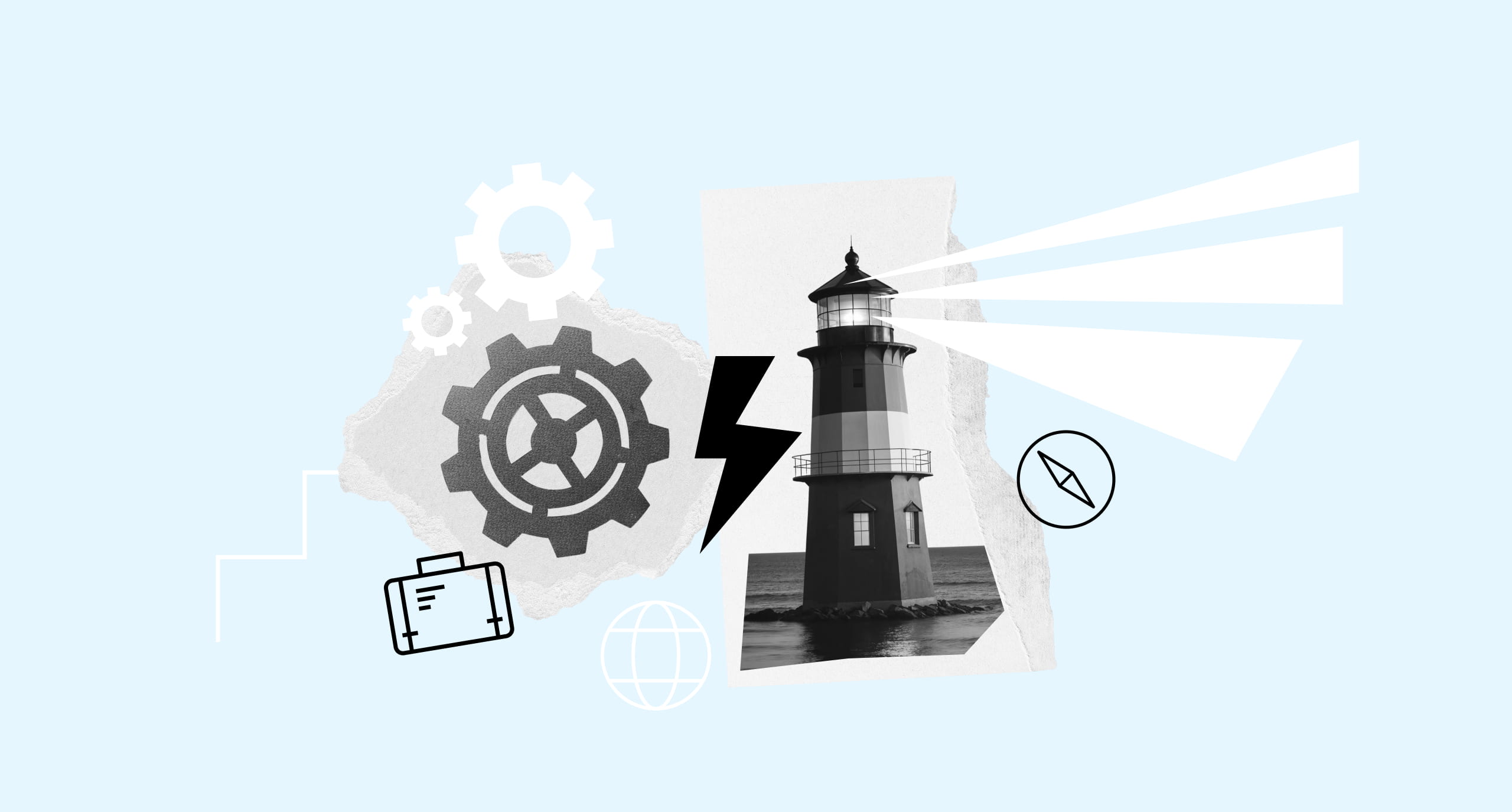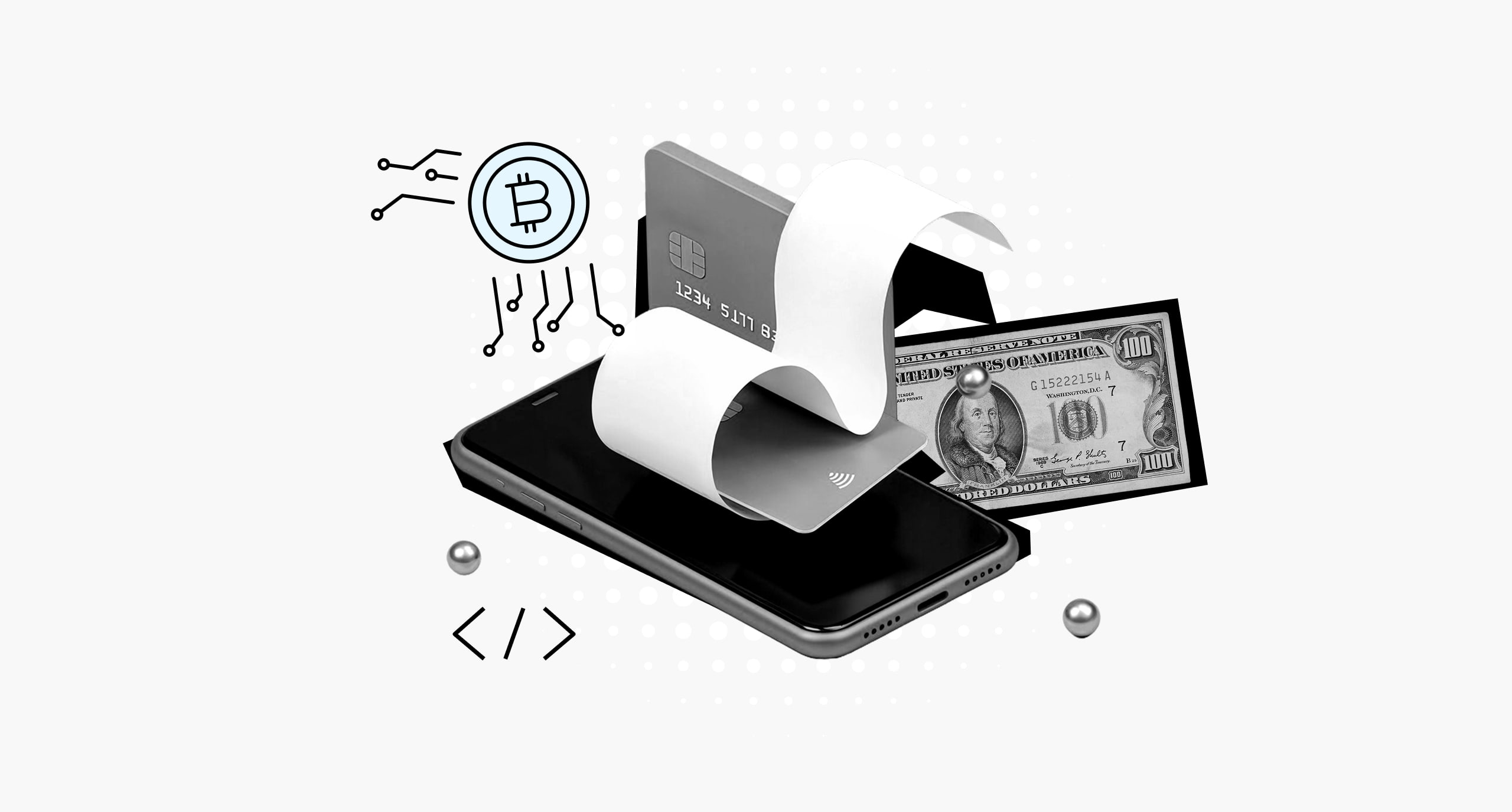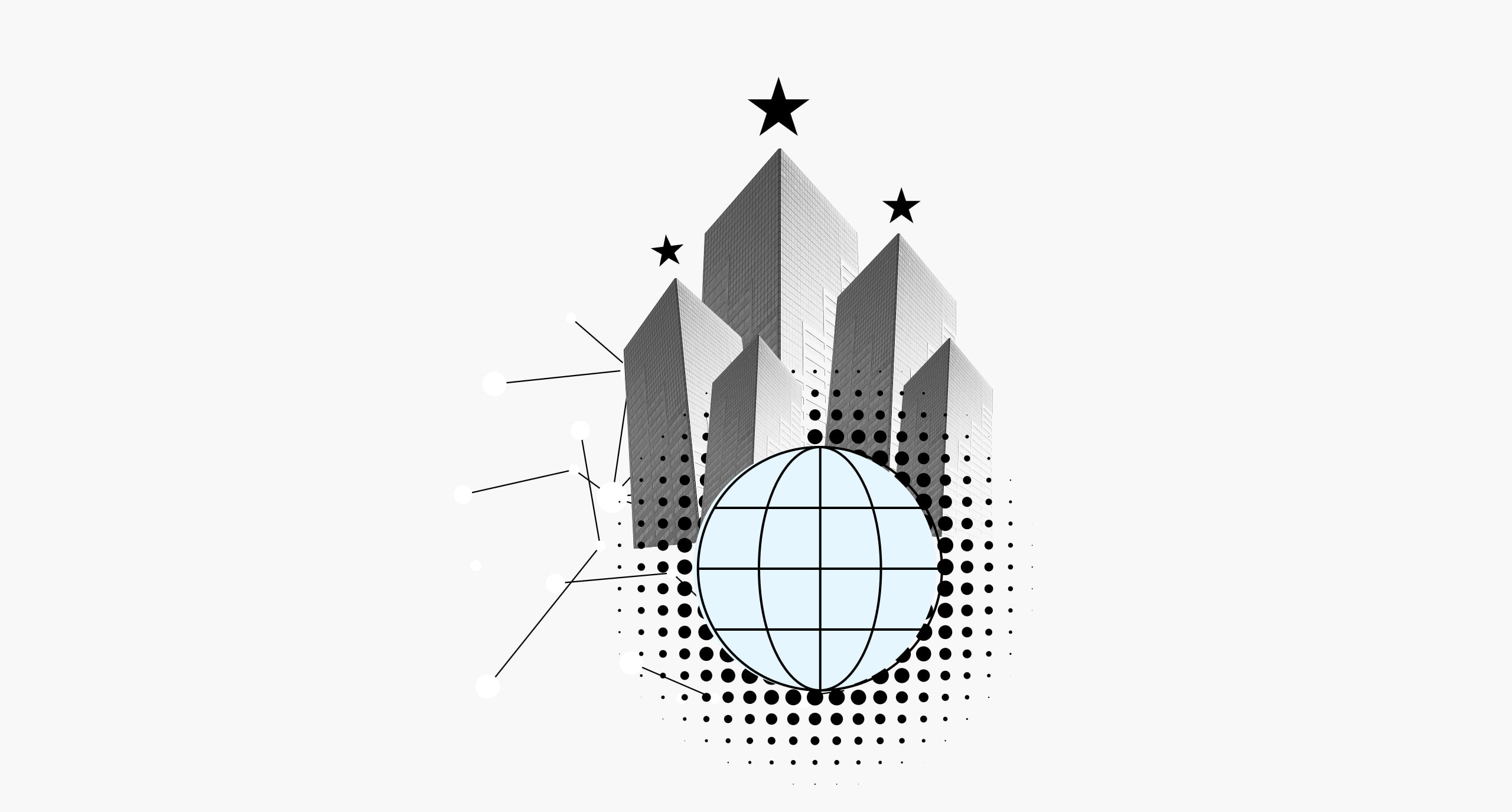Let’s talk about two areas you might think are disconnected: Data and creativity. Jobs that combine analytics and imagination are forming exciting career paths in digital marketing, from UX design and performance marketing to data visualization and creative tech. Whether you’re aiming to create at Publicis or crunch the numbers at McKinsey, there’s new room for professionals who can make stories from the numbers.
In this post, you’ll explore where those hybrid careers are headed. You’ll see how roles like content strategist, data storyteller and UX designer use both logic and design thinking to solve problems—and how, like our recent graduate Dinis Leal, you can build a career that connects insight with impact.
What is digital marketing today—and why does it need both data and creativity?
Digital marketing has evolved into one of the most hybrid disciplines in business—a fusion of analytics and imagination. It’s no longer about placing ads online; it’s about decoding behavior and designing experiences that move people to act. Through tools like Google Ads, Meta and TikTok, brands now operate in ecosystems that demand both technical fluency and creative empathy. Each campaign becomes a live experiment, testing how stories perform in the world’s most measurable marketplace. The field attracts people who think like strategists but create like artists. Algorithms and analytics show you what works; creativity decides why it matters. The discipline thrives on this constant negotiation between precision and instinct, rewarding professionals who can interpret dashboards and then translate those numbers into narratives that resonate with emotion and purpose.
At IE Business School, this mindset defines the Master in Digital Marketing. Students learn to bridge these two worlds—developing technical literacy in analytics and advertising platforms while building storytelling, design and creative leadership skills. As program alumnus and Google Account Strategist Dinis notes, the real advantage lies in mastering both sides: “Structured thinking gives creativity credibility. Data gives storytelling direction. That’s the balance the industry rewards most.”
Roles that emphasize data with creative application
SEO Specialist: Uses keyword data to build content strategies aligned with brand voice and visibility.
Content Strategist: Studies audience behavior and refines creative direction through analytics.
Paid Ads Specialist: Combines copywriting and visual testing to maximize conversions.
Social Media Manager: Blends analytics with instinct to sustain authentic community engagement.
AI Marketing Specialist: Applies machine learning to personalize content and predict behavior.
Roles that emphasize creativity with data-driven insight:
Digital Marketing Manager: Balances channel performance data with creative leadership across teams.
UX / UI Designer: Uses behavioral analytics to create seamless, visually engaging experiences.
Graphic Designer: Tests and optimizes visuals for measurable engagement.
Marketing Analyst: Translates numbers into insights that guide creative teams and strategy.
How does data drive strategy in modern marketing campaigns?
Every modern marketing decision starts with measurement. Data defines how brands read audiences, allocate budgets, and test creative ideas. Tools reveal where audiences come from, how they interact, and which actions lead to conversion. The marketer’s job is to interpret those signals—not as static reports, but as behavioral insights that can shape strategy in real time.
Understanding how to build this analytical foundation is crucial. You need clear KPIs, accurate tracking, and the discipline to test hypotheses. Marketers track traffic sources, optimize conversions, and refine audience segments using iterative A/B testing.
According to Dinis Leal, who now advises clients across Europe, “Without proper measurement, you’re basically guessing.”
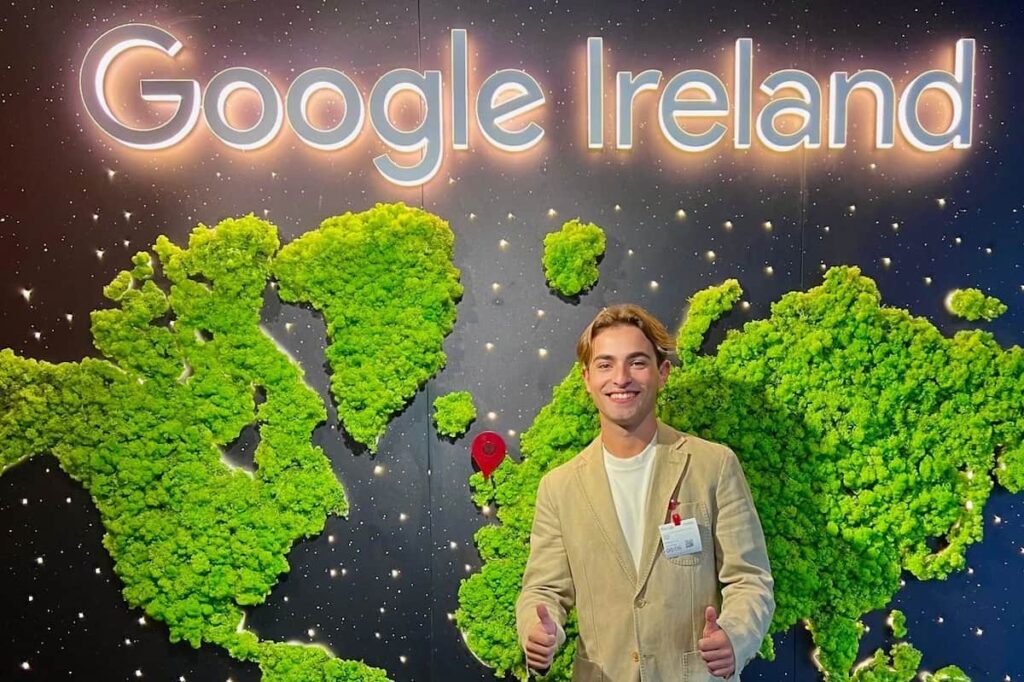
Still, data alone isn’t strategy. The real intelligence lies in connecting insights to intent—understanding not just what your audience does, but why. That’s where storytelling enters. Data can tell you which ad performs better, but it can’t decide what makes people care. The marketers who lead in today’s environment use analytics to listen, then respond with creative solutions that feel personal, timely, and emotionally relevant. That’s when data becomes more than numbers—it becomes understanding.
Great tools for collecting and interpreting data
Google Analytics: Reveals where traffic originates, how users behave, and what actions lead to conversion.
Meta Ads Manager: Tracks ad performance in real time, helping refine creative direction and audience targeting.
LinkedIn Campaign Manager: Measures engagement and lead quality for professional audiences.
TikTok Ads Manager: Highlights which kinds of video content drive attention and watch time.
E-commerce dashboards: Consolidate metrics like sales, cart abandonment, and customer lifetime value for ROI tracking.
Why is it so important to mix data and creativity in digital marketing?
Data gives campaigns direction; creativity gives them life. You can optimize performance endlessly, but without an idea that resonates, the results plateau. Conversely, even the most inventive campaign needs analytics to prove impact. The most successful marketers combine the two—using data to test, refine, and scale creative concepts that already connect on a human level. This is where digital marketing shifts from automation to artistry.
Emerging technology has accelerated that blend. AI-driven tools like Google’s AI Max now help marketers identify high-value audiences and optimize campaigns automatically. Yet, as Dinis explains, automation only works if there’s a clear human goal behind it. The first step is always self-knowledge—understanding your brand, your value proposition, and who you’re speaking to.
Once you have that clarity, machine learning becomes an amplifier, not a substitute, for creative intelligence.

Creativity remains the differentiator. Strong visuals, distinct tone, and authentic messaging are what transform campaigns from data-driven exercises into real connections. In Leal’s words, “It’s not just about numbers—it’s about ads that actually say something.” That’s the challenge digital marketers face daily: to make the analytical emotional, and the emotional measurable. When data and creativity operate as one, marketing becomes less about targeting and more about relevance.
How can you build a career in data and creativity?
Digital marketing careers now demand professionals fluent in both evidence and expression. Roles once defined by numbers—SEO, performance marketing, analytics—now rely on creative decision-making. At the same time, traditionally creative positions like content strategy or social media management depend on interpreting engagement data and optimizing storytelling in real time. It’s a professional landscape that rewards hybrid thinkers who can translate insight into impact.
Careers that start in data often evolve toward creativity. A paid ads specialist learns to write headlines that perform; a marketing analyst discovers the power of narrative in reporting. Conversely, creative professionals are learning to work with numbers—designers testing variations, copywriters tracking sentiment, brand strategists reading dashboards.
The boundaries between analytical and artistic roles have blurred, and that’s where the opportunity lies.
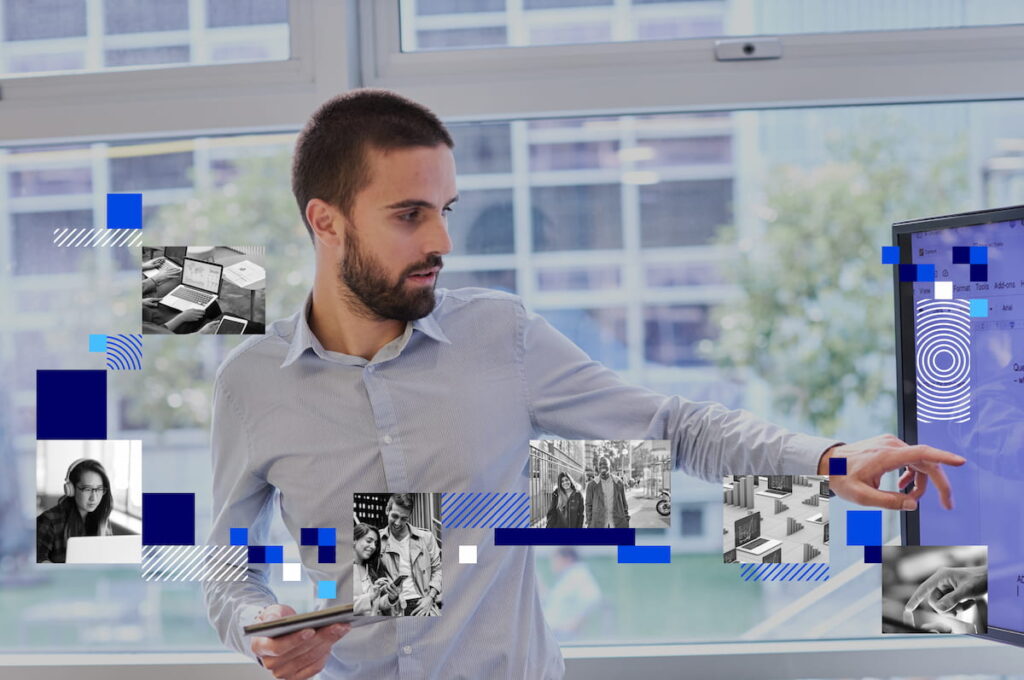
And that’s exactly why we designed the Master in Digital Marketing. Students gain fluency across the full marketing spectrum—strategy, analytics, storytelling, design, and emerging technologies. Graduates like Leal show how that mix translates into real-world success: a professional who can read performance metrics with precision and communicate results with clarity. In today’s job market, that hybrid capability doesn’t just open doors—it defines leadership.
How can you strengthen both your analytical and creative skills?
The Master in Digital Marketing builds that skillset through a 10-month structure combining strategic foundations with technical depth. You’ll master analytics, learn to work with major advertising platforms, and gain certifications from Google and Salesforce—all while developing a creative mindset that keeps your work human, not just efficient.
Learning at IE means applying theory to reality. Through the Common Core Period, practical labs, and real-world projects, students tackle the same challenges faced by global brands. International immersion weeks in cities like London, Amsterdam, or Accra expose you to diverse markets and creative ecosystems. It’s an approach built on experimentation—an environment where you test, adapt, and grow.
Graduates leave with both confidence and fluency. Some arrive from creative backgrounds and learn to think like analysts; others come from technical roles and learn to communicate like storytellers. Either way, they graduate prepared to lead digital transformation—building strategies that are measurable, memorable and meaningful. In a world where algorithms dominate and attention is scarce, that’s what separates the marketers who follow trends from the ones who set them.
Work at the intersection of data and creativity
Join us at IE Business School with the Master in Digital Marketing.

Benjamin is the editor of Uncover IE. His writing is featured in the LAMDA Verse and Prose Anthology Vol. 19, The Primer and Moonflake Press. Benjamin provided translation for “FalseStuff: La Muerte de las Musas”, winner of Best Theatre Show at the Max Awards 2024.
Benjamin was shortlisted for the Bristol Old Vic Open Sessions 2016 and the Alpine Fellowship Writing Prize 2023.



